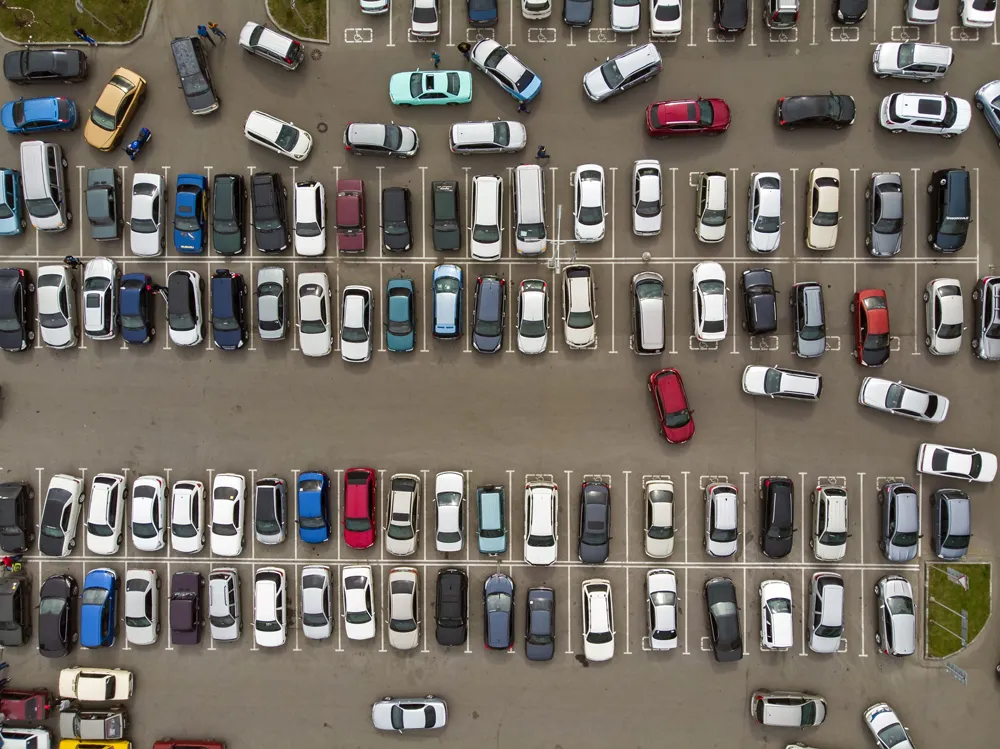Taylor and Francis’ latest book, ‘ITS Sensors and Architectures for Traffic Management and Connected Vehicles’, draws together advanced engineering technology with highway engineering practice for use by personnel in transportation institutes and agencies and transportation engineering students.
December 21, 2017
Read time: 1 min

Taylor and Francis’ latest book, ‘ITS Sensors and Architectures for Traffic Management and Connected Vehicles’, draws together advanced engineering technology with highway engineering practice for use by personnel in transportation institutes and agencies and transportation engineering students.
The book examines the roles of traffic management centres and colocation issues that ensue when multiple agencies share the same space. It describes sensor applications and data requirements for several ITS strategies, sensor technologies and installation, initialisation and field-testing procedures and alternative sources of traffic flow data.
It also addresses concerns about automated and connected vehicles, and the benefits that systems engineering and national ITS architectures bring to the sector. Sensor and data fusion benefits to traffic management are described, while the Bayesian and Dempster–Shafer approaches to data fusion are discussed in more detail.










